The content of the article
Coconut. It has long been no wonder at our shelves. And lately, at a reasonable price, all year round. What's the catch? Our people are used to looking for him in everything. And right. Because few people know how to choose the right coconut in the store. Well, so that later it would not be insulting for the wasted money and efforts to open this exotic fruit. Or walnut? Yes, it does not matter.
Liquid
Yes, yes, the very liquid that we used to call coconut milk. It should be felt. No, of course not to the touch. You need to first weigh the coconut in your hand. It should be much more powerful than it looks. Now, without any hesitation, shake the fruit near the ear. You will hear a dull gurgle. Well, as if the fluid inside is not enough space. This is an indicator of perfect ripeness of coconut.
Not heard? Or gurgling ringing, as if the liquid inside quite a bit? So give up the purchase.Such a coconut is practically at death, that is, on the verge of drying out. You will not find tasty juicy pulp inside.
Three holes
Try to gently push them one by one. Just do not overdo it. There is a risk to get a fountain of fermented milk if you inadvertently push it. By the way, in a good regular coconut these holes can not be pushed with a finger. If they are easily inward, do not push more. And generally, put the walnut away.
Well, if these holes are covered with a whitish bloom, then the coconut has safely spoiled and began to overgrow with mold.
Shell
Yes, yes, the very shell that represents the most important obstacle on your way to the cherished pulp, "as a bounty." Well, the type of heavenly pleasure and all that. How to win in this difficult struggle - read in other articles.We will tell how to determine the correctness of coconut by the shell.
Here you have to shake the nut again. What to do if he has such a fate. He should not knock. If the pulp rumbles inside, then it has already begun to dry. And maybe even spoil. By the way, outwardly you will not see, and the pulp may already be rotten. Because at a good coconut it densely adjoins to a shell.
Now gently poke the fruit in your hand. Press a little in different places. After all, still well aware of the hardness of the shell? And if there were soft spots on it? This means that you no longer need to click on the nut. Put it back out of harm's way. It is 100% rotten and inside.
If the coconut "wrapper" has passed your previous tests, then just roll the nut in your hands. But at the same time carefully inspect it. On the shell should not be:
- cracks
- deep chips
- dark wet spots
- patches of whitish or pink color
All these are signs of shell damage that do not guarantee the integrity of the seller. After all, could he pump water inside, imitating milk? Yes, easily. This is what wet spots say. A crack or spall tells about external damage.Through which pathogenic bacteria and mold spores easily penetrate. Well, and white or pink spots - this is the most mold and there is. In full swing and riot of colors.
By the way, admire the color of the shell. It should be a pleasant light brown shade. A fruit that has become stale or has already fallen off will be much darker than its counterparts.
Smell
Yes, yes, that legendary coconut smell, for which he is so appreciated. It almost should not be felt. How else, if the pulp is whole and all the smells and liquids inside? Therefore, do not be afraid of oblique views of others. Feel free to sniff the fruit. Doesn't it smell much or nothing at all, except for the light aroma of the fibers? Take away, take away immediately, until someone else has done it. What is the smell of fibers? Sniff and find out. But then you will not go wrong for sure.
But the sharp characteristic aroma that is felt outside, should be alerted. Where did he come from, if the pulp should be without damage? So this coconut:
- cracked
- fermented
- prokis
- rotten
Other options are not given, because the right fruit should not stink like a delay.
Pulp
Yes, yes, the very pulp that you so desire.Of course, in the store you will not appreciate it. Who will give you a break coconut? But at home, after the purchase, you can do it with ease. It should be completely white smooth color, dense, but not oak. Aroma - pleasant, without sharpness. You should be alerted if the pulp:
- soft
- watery
- transparent in places
- pinkish shade
Council Did you know that spoiled coconut can be exchanged at the store? Or get money back for him? By the way, so you can drag all the coconuts home until you get the right one. True, and earn the hate of sellers. But it will be disgraceful to trade rubbish.
Just do not pull with the exchange. The fact is that the chopped fruit begins to deteriorate the very next day, even in the refrigerator. Therefore, you need to still work to prove that you bought this, and did not.
Supply
Yes, yes, the same delivery date, which is recommended to be interested in some sources. Say, the seller will answer you honestly. Well, the answer that brought only this morning, right from sunny Brazil! But how much coconut spent on the road, the seller will be silent. Therefore, trust only your eyes, hands, ears and nose. Do not hope for others.
How to choose a coconut in the store? Now this question should not disturb you, because you know for sure. And do not throw money into the wind in pursuit of fragrant pulp and delicious juice.
Video: how to choose the right coconut

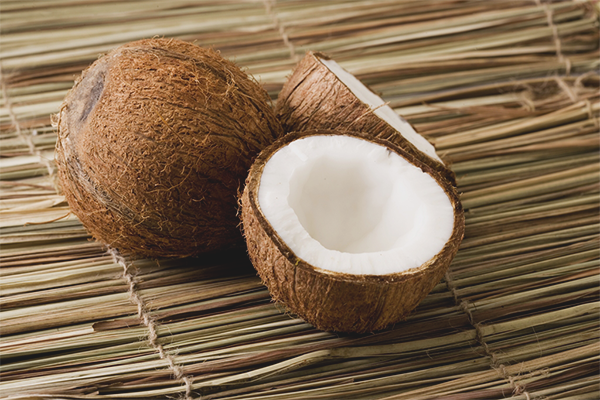

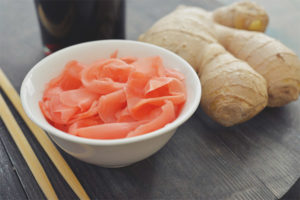
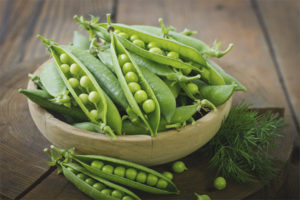

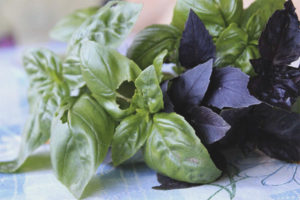
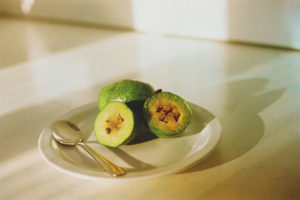
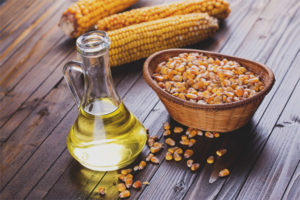
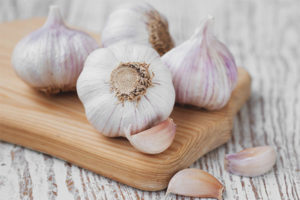
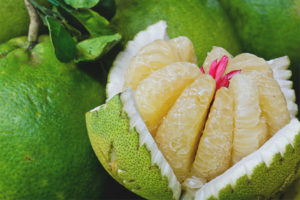
To send